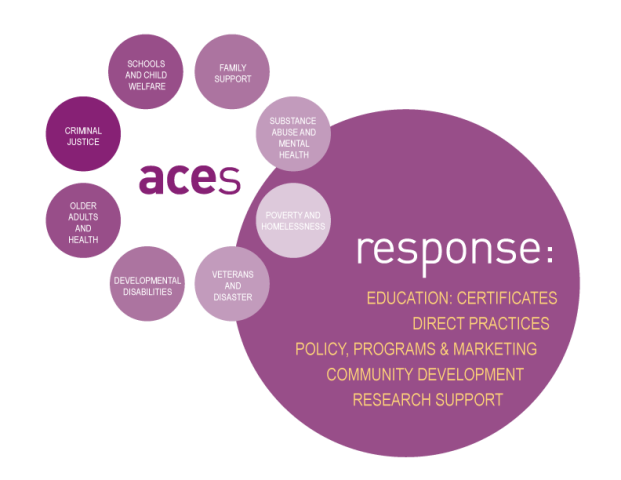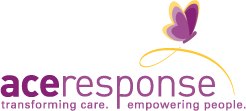Give Your Support
Cross-Sector Collaboration
Opportunities to address early life adversity and trauma expand when providers across service sectors work together.
Educators, healthcare providers, lawyers, parents, volunteers, and homeless shelter workers, to name a few, all play vital roles in the effort to prevent and reduce ACEs and their harmful consequences. Such agents of change, linking together with a common agenda, can collectively harness their diverse knowledge and skills to build more resilient communities that help people live healthier, more productive lives.
It takes a whole community to build community capacity for ACE Response.
Community capacity building is a term used to describe the process by which members of a community come together to identify and develop their community's inherent strengths in order to respond to complex social problems like ACEs.
Service agencies often have the leverage and resources to become powerhouses of community capacity building for ACE Response. Agencies can make an even greater impact when they engage in cross-sector collaboration, pooling available resources to improve service access and care for community members who need help.
Through the power of collaboration, agencies break down organizational silos while still retaining their autonomy. This creates the potential to mobilize organizational growth while also supporting community capacity building as agency leaders across sectors share information and foster key relationships around shared goals.
-
The Restorative Integral Support (RIS) model guides the HEARTS Initiative coalition in supporting cross-sector collaboration for ACE Response throughout New York's Greater Capital Region.
-
The Philadelphia ACE Task Force (PATF) is a thriving network of over 100 individuals coming together from various disciplines to plan and build a trauma-informed city from the ground up.
-
Interdisciplinary collaboration set in motion by the Washington State Family Policy Council contributed to the reduction of ACEs in Washington State. Click here to read an article published in the Journal of Prevention and Intervention in the Community, which summarizes the Family Policy Council's important findings.
-
If you're planning on building a cross-sector coalition or looking to strengthen existing partnerships, click here for a list of practical tools developed by the Prevention Institute to guide cross-sector collaboration.
All members of a community have a part in the collaborative process.
Agency leaders are well-positioned to empower people in the areas they serve, including current or former service recipients, to join in the community capacity-building process for a more powerful ACE Response.
- Get things started in your community. Try this "recipe" containing 9 steps for community resilience building out of the Community Resilience Cookbook.


